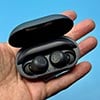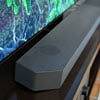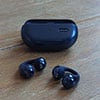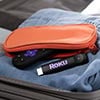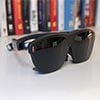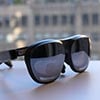We may earn commissions when you buy from links on our site. Why you can trust us.
Is the iPhone 16e Good Enough for a Costa Rica Vacation?
A review unit of Apple’s new, most affordable ($599) 16 series smartphone, the iPhone 16e, landed in my hands literally the day before I was to depart for the wilds of Costa Rica. So, of course, I had to take it along – to test out the phone’s most touted features and also see if I could live with its cost-shaving compromises, most significantly in the photo-capturing department. Yeah, that’s a really big “if” when you’re aiming to spot and score images of exotic creatures and vegetation in one of the most biodiverse lands on Earth.
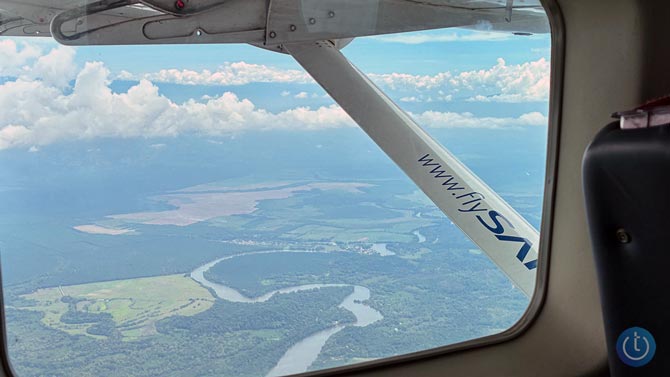
Taking photos of objects behind glass
On our first full day in Costa Rica, we started slow with visits to San Jose's Gold and Jade Museums (offering historic overviews of the nation’s rich natural resources, cultural evolution, and decorative skills) and also the grand National Theater, an 1890s reflection of the country’s lofty artistic ambitions, built largely with tariffs placed on coffee exports.
A bit of panic set in when I first started shooting objets d’art (and their printed descriptions) in the Gold Museum, as I couldn’t get the 16e’s single-lens camera to focus as readily as I’m used to with the three-lens iPhone 12 Pro. The 16e lacks the separate wide-angle lens (included on the iPhone 16 and 16 Pro) that also enables you to move in extra tight for a “Macro” view. And this phone’s auto-focusing tools do not include a LIDAR sensor (likewise found on the pricier iPhones) that’s extra helpful in low-light situations and when shooting through glass display cases.
But the fix here wasn’t that hard. I just had to step back a foot or two more from my subject matter, and all things came into focus – from lovely golden sculptural miniatures to ceramic pots and jugs integrating whimsical (or spiritual) animal imagery to the glorious Neo-Baroque interior of the concert hall.
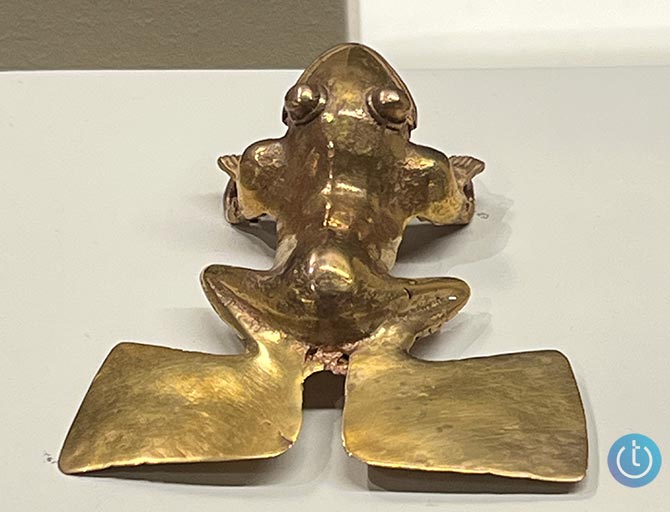
2 for 1 Special?
The iPhone 16e’s single camera lens is billed as a “2-in-1 48MP Fusion” hybrid that captures both 1X standard range and 2X telephoto images – the latter by narrowing in on (cropping) just the inner 12 megapixels of its 48 MP imager. Of course, you can then continue to zoom in digitally for tighter shots – to a 10x zoom that makes do with a mere 600-800 KB of pixel data but still looks reasonably decent on the 16e’s 6.1-inch Super Retina display screen, thanks to smart exposure and image processing.
I was most pleased with the close-range shots I nabbed of the white-faced (aka Capuchin) monkeys who came to visit and feast on fruit one afternoon at the charming Laguna Vista Villas eco-resort in Osa.
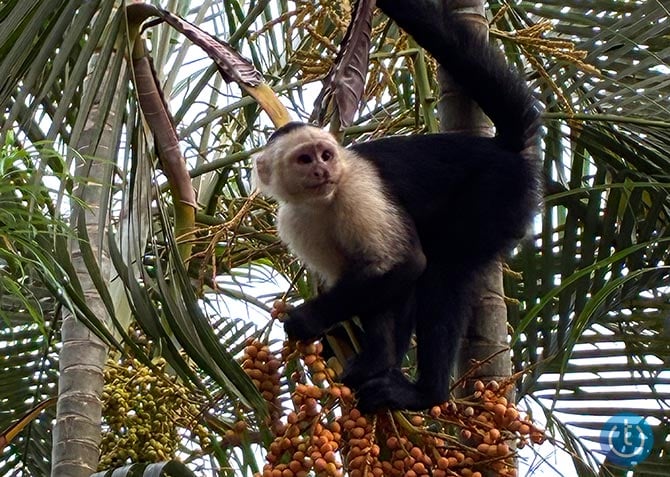
When trying to nab far-away birds and beasts, though, I gotta confess – I sometimes suffered iPhone 16 Pro envy, craving that primo-phone’s additional 5X optical telephoto lens with sharper digital zoom potential up to 25X power. Yes, I could sight and record those distant creatures with my lesser rig. But I couldn’t capture the expression in their eyes, count the feathers or fur follicles on their necks – the small details that help bring these creatures to life, details that shout out “you were there.” Honestly, the Bare-throated Tiger Heron was a lot more interesting to observe in person.
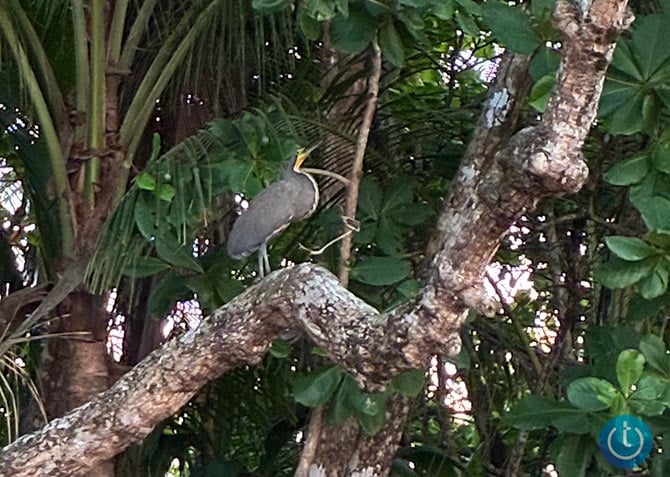
Taking videos
My simian acquaintances also proved excellent video stars, as I shifted gears, tracking their bold moves onto the railing of the Laguna Vista dining room in high-def video. The iPhone 16e captures action at razor-sharp resolutions up to 4K/60 frames per second, further enhancing the moving images with Dolby Vision dynamic range expansion, though for file storage and sharing sake purposes, I kept the resolution/frame capture here at 1080p/30 fps.
Also please admire – in excellent iPhone 16e video detail – the strength and dedication of Costa Rica’s ubiquitous leaf-cutter ants (Zompopos), marching through the woods at our most upscale (touristy) resort destination, the Botanika Osa Peninsula in Puerto Jimenez. Almost disappearing under their loads, these ant critters lift and carry home up to ten times their body weight in flowers and leaves – all to cultivate a bread-like fungus that they then consume.
Zooming in and going wide
Back in still-shootin’ land, I found even 7.5X digital zoom shots of creatures stalking 100 feet away could still look pretty good on the iPhone 16e’s “3x5-ish” (snapshot size) screen, so long as there was enough light for the camera lens to click at 1/60th of a second (or faster). One hundred feet was as close as I needed (or wanted) to get to an exotic coatimundi, a curious cross of raccoon and dog we found foraging in Corcovado National Park.
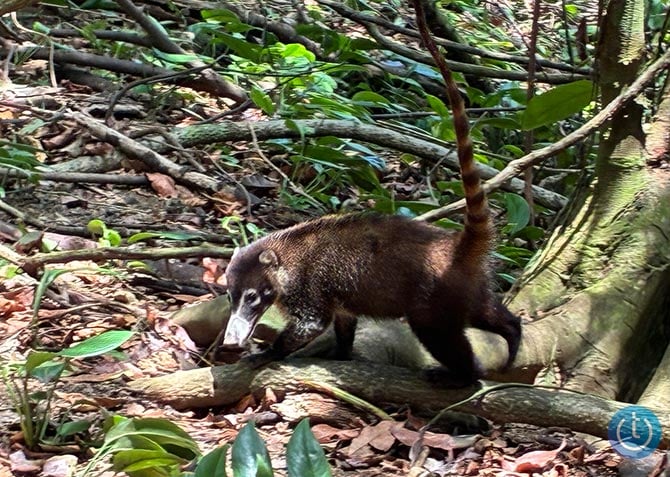
Also, a pleasant surprise – how well this iPhone’s camera auto-adjusted its focus when held up to the viewfinder of an 80X-power, tripod-mounted “birding” telescope brought along by our very knowledgeable Corcovado trail guide, Luis Diego.
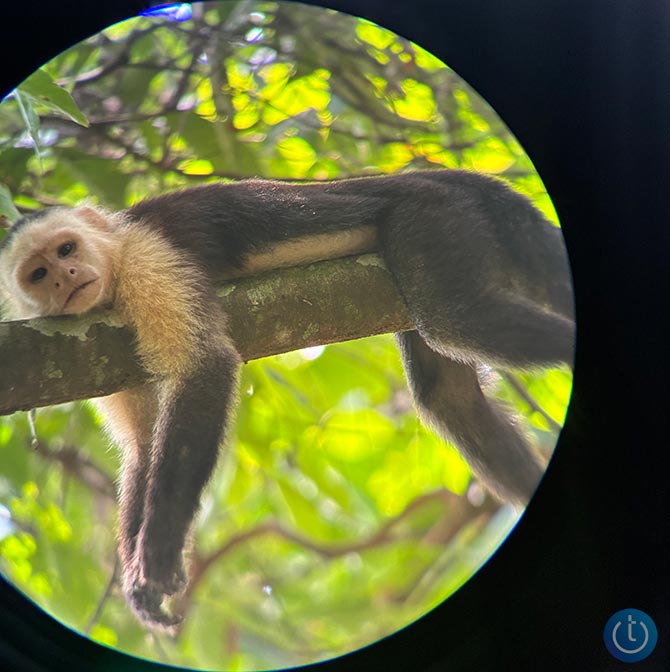
And note the clean stitching/smoothing of the wide view PANO (panoramic) shot I captured of a Laguna Vista Village sunset. My image came out looking coherent and free of shaking even when my manual panning moves were hesitant or wobbly. The 16e’s onboard optical image stabilization might not be quite the match for the “sensor-shift optical image stabilization” utilized in the iPhone 16 and 16 Pro. But the basic OIS is still pretty darned good.
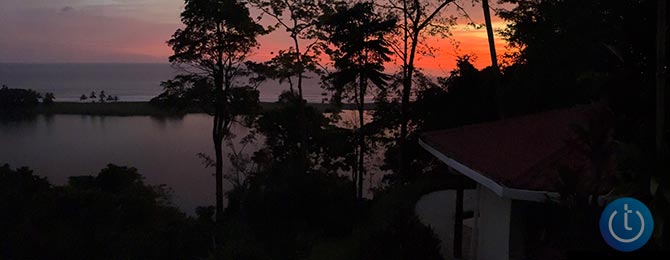
Taking photos using the Action Button
While lacking the dedicated Camera Control button found on its iPhone 16 peers, the 16e does let you customize (in Settings) its rim-placed Action button to enable fast, one-thumb camera use. Press once to turn the camera on, and press a second time to snap the shutter. Worked well!
I wish there was a way to program the Action button so it could simultaneously summon up all the other available Action options on a single menu screen. I could have used it for fast switching between the basic camera-shooting function and the AI-powered, cloud-connected Visual Intelligence tool, which quickly recognizes and feeds back information pertaining to a submitted snapshot.
Post-Trip AI Fixes
As with its pricier 16 peers, a more sophisticated new A18 series chip in the iPhone Phone 16e brings home the promises of Apple Intelligence. Yes, the AI package is still in the early development stages, but not without some rewards already.
Ask Siri a question it can’t answer, and you’ll be offered a connection to ChatGPT, which likely can (and did!) respond helpfully. Useful language translation skills are also on board.
Even after I returned home, I could take advantage of the AI-driven “Clean Up” tool to fix flaws in my vacation photos. In theory, you’re supposed to make an eraser-like wiggle on the screen with your finger on an area of the image that you want to disappear. But in practice, this Apple Intelligence is so smart it often makes preemptive suggestions for you – by putting a “glow” on random stuff it spots in the shot that you can then vanquish with a tap.
Check out how smartly the AI Clean Up polished a shot taken at the Doka Coffee Plantation – eliminating the half-a-body poking into it. It’s magical!
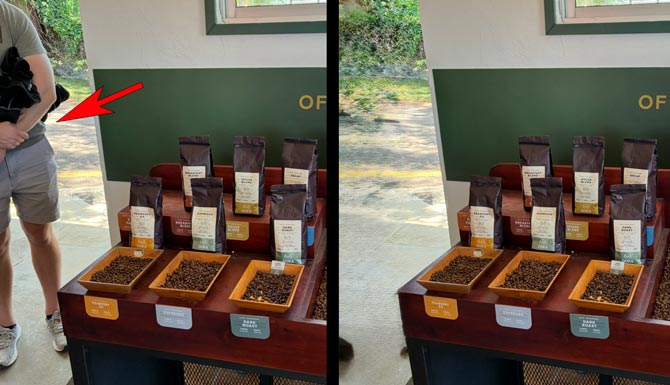
A display that doesn’t hold up to sunlight
While the 16e’s screen resolution is very crisp and colors quite vivid, the maximum brightness of the display – 800 nits/1,200 peak – is not always up to the job when you’re trying to frame shots outdoors in the mid-day sun. The screen literally pales in comparison with the 2,000 nits outdoor rating found on the iPhone 16 and 16 Pro.
Yes, I could see enough in bright sunlight to snap a shot on a nature walk at Xandari, a floral wonderland of a retreat in the hill country above San Jose. But working the phone’s on-screen tint adjustment control to accentuate the bright yellow highlights I admired in a Garden Groton plant or to fine-tune the color (more orangey/less red, please) of a Heliconia “lobster claw” plant was difficult. And reading (sometimes stressful) emails and news updates by the pool (What was dumb me thinking?) was almost impossible on the screen.
Battery life and charging
Moving over from a worn-down iPhone 12 Pro that was regularly running out of juice before dinner, I was thrilled immediately by the extra-long battery runtime on the 16e. Even after an eleven-hour journey from Philadelphia, checking email along the way and watching about five hours of movies and concert videos on American Airlines’ in-flight service, the iPhone 16e’s battery icon was still showing 50 percent available when I arrived with my travel companion at our first stop – the charming Grano de Oro hotel in the capital city of San Jose, Costa Rica.
Another big test of the 16e came a few days later, after hauling (via small plane and rugged all-terrain vehicles) to the rustic Osa Peninsula region. On a nine-mile hike through the lush rainforest and beaches of Corcovado National Park, I really put the phone through its paces, recording 150 still images and videos. And yet, I still had 25 percent battery capacity remaining at the end of the day! In many isolated global locales, that would have been more than enough juice to send out, if need be, an Emergency SOS help request via the backup satellite connection system that Apple has built into the 16e and its kin. But alas, there’s no service in Costa Rica.
The iPhone 16e recharges quickly – to 50% in a half hour and to a full charge in a little over an hour – if you wire it to a high-capacity 20-watt power adapter (sold separately). You can also wirelessly recharge this smartphone s-l-o-w-l-y at 7.5 watts by laying it flat on a Qi wireless charging pad. The 16e isn’t MagSafe capable – no built-in magnets – and doesn’t support the higher-speed MagSafe Qi2 charging of up to 25 watts like its iPhone 16 and 16 Pro siblings.
There is a workaround for that with the iPhone 16e. You stash the phone inside a “designed for MagSafe” case like the ESR Halolock Tough Case or the ZAGG Denali Snap. These protective wraps have a built-in ring of magnets, which then lock on and transfer power at 7.5 watts to the phone from a MagSafe accessory like my 10,000 mAh Anker MagGo.
Read more: How to Get (Most) MagSafe Capabilities on Your iPhone 16e
Bottom Line
For anyone who’s bought into the Apple products ecosystem, swapping out an older iPhone for the 16e is going to give you a lot of satisfaction and offers a great leap forward.
But if you’re aiming to place your exotic nature photos in National Geographic (or frame prints for your walls), you gotta go with a Pro to shoot like a Pro.
[Image credit: Jonathan Takiff/Techlicious]



